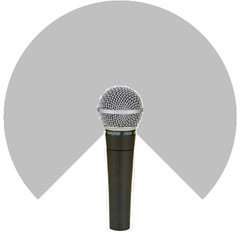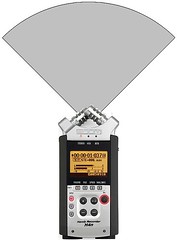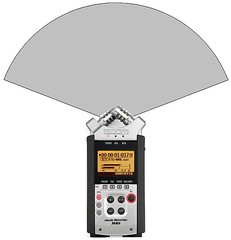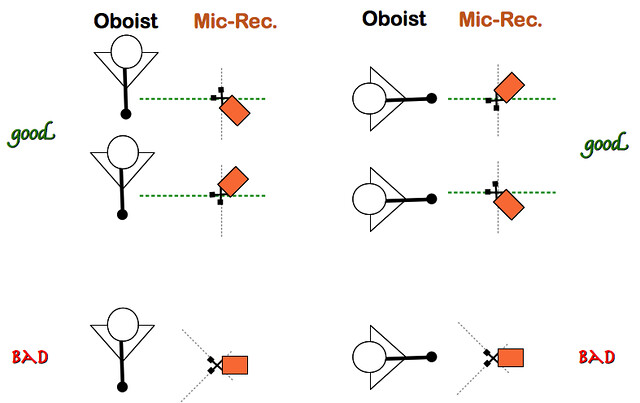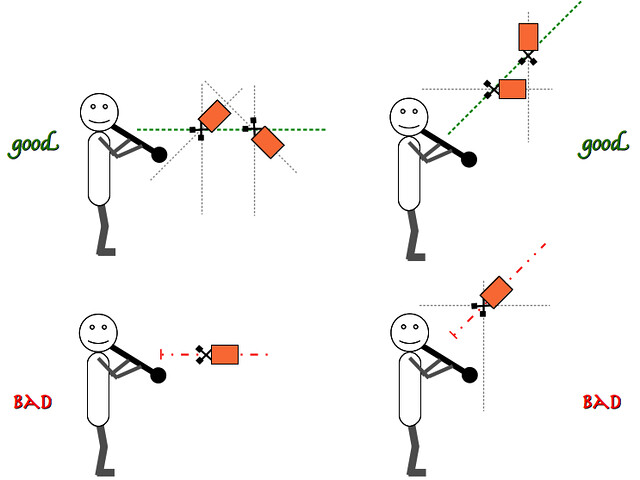I think this went pretty well. I had never played this piece at all before and have been practicing less than 30 minutes a day for about a month because work has been rather demanding. I think the sound quality is much better than before:
- the microphone position in the room really helped quite a lot
- I think the season is helping me play with a better sound and develop more discriminating ears
- I think Facebook discussions have developed more demanding ears, requiring me to breathe better in order to achieve that sound I seek.
I am amazed at how much the Oboe BBoard, Facebook and You-Tube have helped me develop musically and artistically. This was simply impossible back in the days I was a music student and beginning pro, unless you were wealthy and could travel often overseas. This is truly an exciting time to be a budding musician!
Nerves while recording
Recording this required 2 runs at it:
- The first time, before lunch, I had to do many, many takes because I was always making silly mistakes that I just could not hide in any way. So I just stopped with one merely half-decent take.
- The second time, after a lunch break in front of the TV, I felt more relaxed and did everything just right on the first try! I fact, oboe 1 and oboe 2, I did two (relatively) fine full recordings without stopping or repeating anything. Though the recordings still have flaws, I decided to stop here while I was happy with the work.
Conclusion:
I stopped the first run completely discouraged and feeling ridiculous. This is NOT a difficult piece and when practicing, it always goes fine. Yes, it does need to mature: the 1 month I have gained its acquaintance is not enough to really feel its flow, but I have still been playing it with feeling from the very first reading. Different takes should be to change a phrasing, not because of mistakes.
During the second run, I was motivated and just enjoyed the energy of the piece while playing. Maybe I was hungry before and needed some energy and a break. But I think the mental aspect was the worst of it. I think I need to do more recordings, more often, and not care if they sound well or not. The exercise of recording and showing on You-Tube might act as a surrogate for live performance, challenging stage fright and allowing me to focus more on the musicality.




